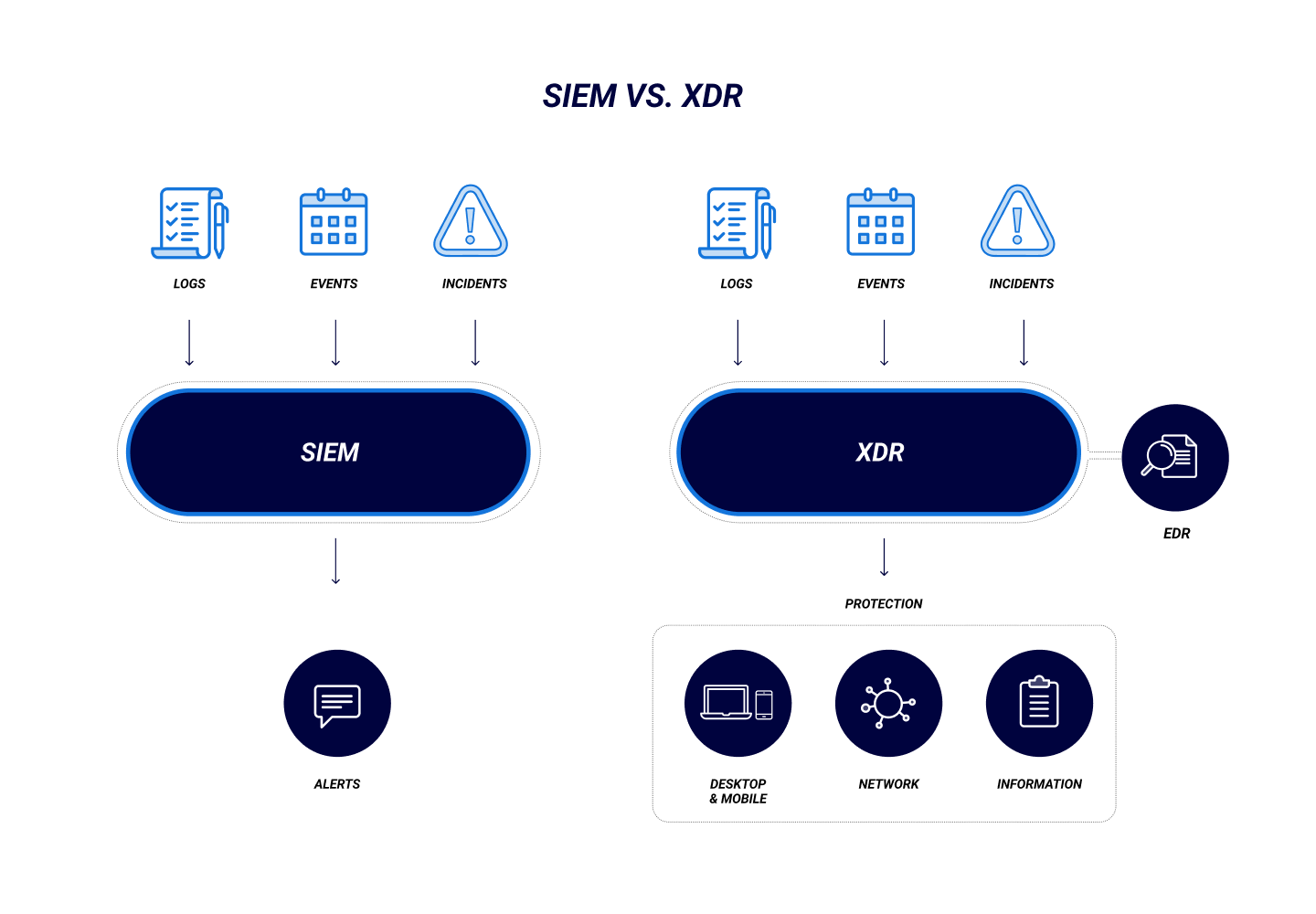
SIEM is a cybersecurity technology that provides SOCs with incident data for cyber threat monitoring and response. SIEM combines Security Event Management (SEM) from event data analysis with Security Information Management (SIM), which collects and analyzes log data.
SIEM solutions centralize and correlate logs and other security data from endpoints across a network for analysis; some SIEM solutions are capable of machine learning and behavioral analytics to identify suspicious network traffic, compile contextual reports, and to sandbox or quarantine endpoints when suspicious activity is detected. But the primary function of most SIEM products is to generate and send alerts to SOC teams about security incidents at the application and network hardware levels, requiring security personnel to investigate and remediate, if necessary.